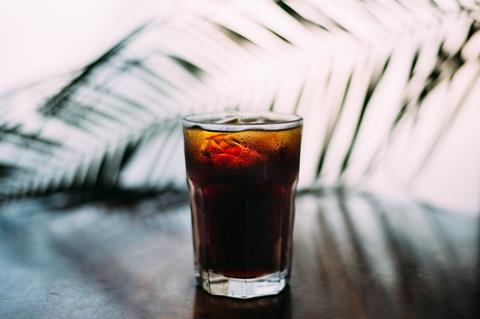
Publishing: 29 April 2023
Advertising deadline: 14 April 2023
Submissions deadline: 11 April 2023
Feature one: Inflation
By Rob Brown rob_j_a_brown@hotmail.com
With inflation turning up the pressure on groceries, soft drinks have fared reasonably well. Hedges have mitigated against rising input costs, with retail price rises in line with broader inflation. But that period of relative tranquillity looks set to end. So what looming costs threaten the retail price of soft drinks? How will suppliers adapt their products to changing economic circumstances? And what can retailers do to maintain sales of soft drinks as household spending is constricted?
Input costs: Hedges against rising input costs are elapsing when it comes to soft drinks manufacturing. What impact will this have on prices?
Adaptation: How are soft drinks suppliers adapting their production processes or retail offerings to mitigate against inflation?
Retail: How are retailers continuing to offer shoppers value when it comes to soft drinks? How are ranges changing? How are promotional strategies changing?
HFSS: The sugar tax gave soft drinks a head start in adapting to HFSS rules introduced in October. How has implementation of those rules affected the category?
Feature two: Limited editions
By Rob Brown rob_j_a_brown@hotmail.com
You’d think that a brand that marketed itself on being ‘the real thing’ might be hesitant to deviate from its classic recipe, especially when a previous infamous reformulation went so badly. But Coca-Cola is not staying still. In the past year or so it’s launched limited editions Dreamworld, Intergalactic and Marshmello, hoping to create some excitement. So what’s the strategy behind limited editions, which feel increasingly common in soft drinks? How are brands and retailers working together to make the most of them? And what are the opportunities for new lines?
Limited editions: Why have limited editions become so popular of late in soft drinks? What’s the strategy behind them? Are there drawbacks?
Marketing: What marketing campaigns are soft drinks manufacturers using to push their limited-edition launches? How do they differ from standard brand marketing?
Retailers: How are retailers merchandising limited editions to generate the most sales?
Seasons and occasions: How are brands tapping into seasonal occasions?
Future launches: What kinds of launches can we expect in future? What taste trends are viewed as promising for 2023?
Brand refresh: With Lilt having been folded into the Fanta range earlier this year, how are other brands refreshing themselves to ensure they stay relevant?
Innovations: We will profile 4 new products or ranges that have ideally not appeared in The Grocer before. We need launch date, rsp, and a hi-res picture of each
Feature three: Challenger investment
By Rob Brown rob_j_a_brown@hotmail.com
Earlier in March, CBD drinks brand Trip became the fastest growing soft drinks brand in the UK, according to NielsenIQ data. It’s an impressive milestone for the brand, one of several notable challengers that are changing soft drinks. So what kinds of companies are financially backing these incomers? Who are likely targets for future approaches? What’s the strategy for growing them in retail? And what kind of impact could they have across the category?
Investment players: What kinds of companies are investing money into challenger soft drinks? What kinds of arrangements are being offered?
Growth strategy: How do investors planning on growing these challenger brands? What’s already working?
Targets: What qualities are investors looking for in soft drinks? And what does it tell us about how the category is developing?
Profiles: Profile four soft drink challengers that have received investment recently
Innovations: We will profile 4 new products or ranges that have ideally not appeared in The Grocer before. We need launch date, rsp, and a hi-res picture of each
Feature four: Scotland’s DRS
By Ian Quinn ian.quinn@thegrocer.co.uk
It’s not often that a recycling initiative becomes a talking point in a political leadership contest. But pressure from soft drink manufacturers encouraged Scottish first minister candidates to declare their positions on the Deposit Return Scheme, which has been beset with difficulties. So with the contest decided, how is the scheme likely to progress ahead of the August implementation deadline? How are retailers and brands hoping to achieve compliance? And what might it mean for the UK’s approach to reducing plastic waste from soft drinks?
New policy: New first minister Humza Yousaf signalled that he was willing to be flexible about deadlines for the DRS. How would this work in practice, and what’s the reaction from industry given his election win?
Compliance: How are brands and retailers working to achieve compliance with the intended policy? What support are they getting from government?
UK level: Earlier this year it was reported that the UK government could block the DRS scheme in Scotland over fears around inflation. How is Westminster’s approach evolving, and what does it mean for the DRS in Scotland and beyond?
Plastic waste data: Using data and commentary, outline how much plastic waste is generated from soft drinks in the UK
Cans: In a bid to reduce their environmental impact, some soft drinks makers have switched from plastic to cans. How effective is this approach? And what’s stopping other companies from making the switch?
Other initiatives: Outside the DRS, how are soft drinks manufacturers working to reduce their environmental impact?
Downloads
FO Soft Drinks 2023
PDF, Size 0.12 mb







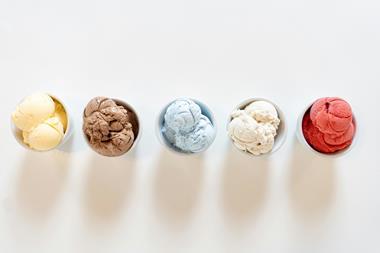

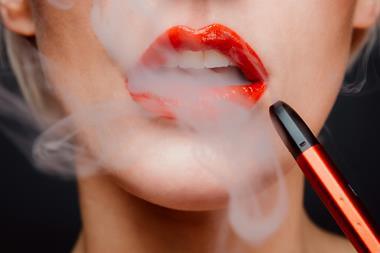

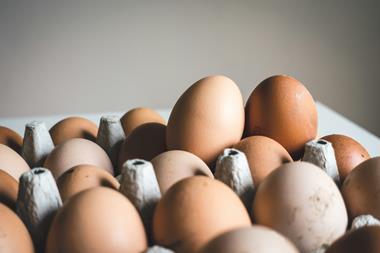
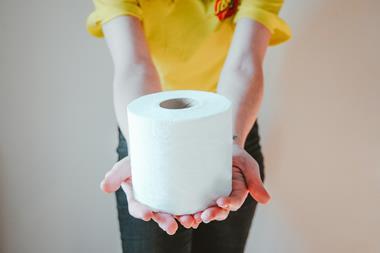
No comments yet